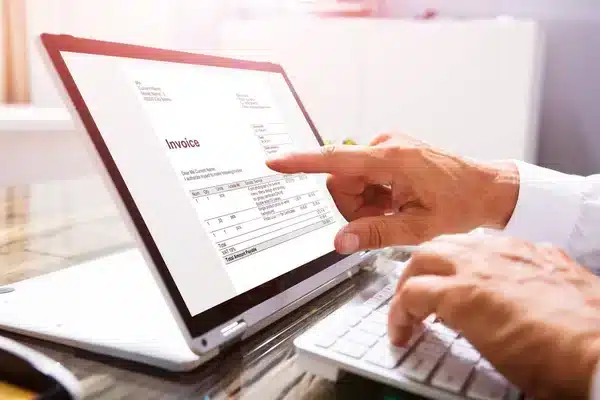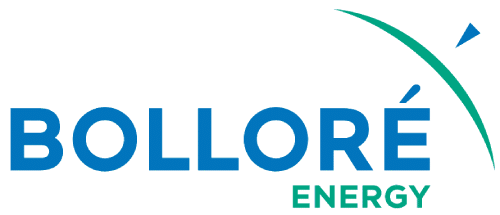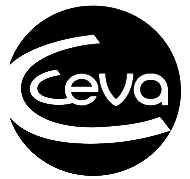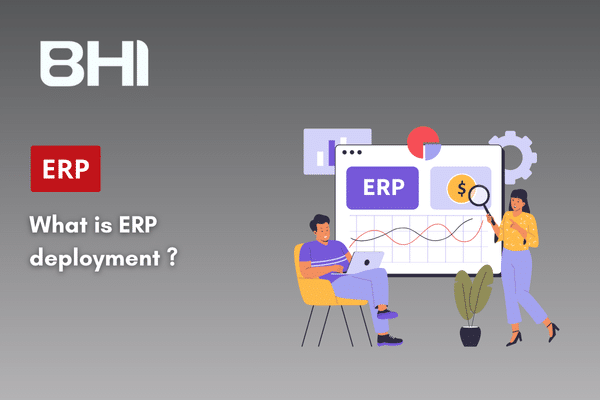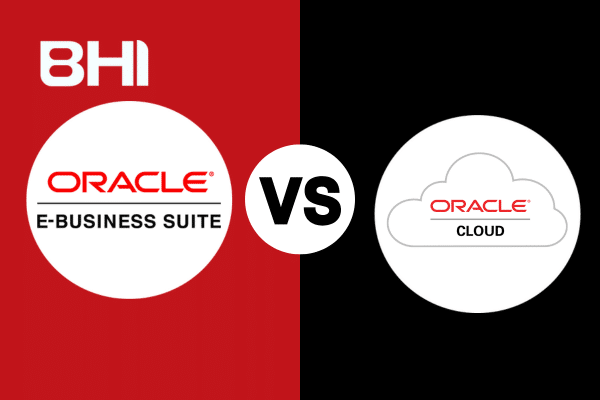What is E-invoicing ?
E-invoicing is the process of transmitting, receiving and processing invoices electronically, without the need for paper. This invoicing method is seeing increasing adoption due to its many benefits, including cost reduction, improved operational efficiency and compliance with tax regulations. In Europe, Directive 2014/55/EU mandates the use of e-invoicing for public transactions, accentuating the importance for companies of all sizes to adapt to this trend.
Advantages of E-invoicing
Reduced costs and errors
E-invoicing reduces the cost of printing, postage and archiving paper invoices. It also minimizes the human errors common to manual processes, such as data entry errors and lost invoices. Automated systems guarantee greater accuracy and speed in invoice processing.
Faster payments
Thanks to e-invoicing, invoice processing times are considerably reduced. Companies can send and receive invoices almost instantaneously, facilitating faster payments and improving cash management. In addition, automatic reminders and notifications for unpaid invoices help to reduce payment times.
Compliance and security
e-invoicing helps companies comply with local and international regulatory requirements for invoicing. Partner dematerialization platforms (PDPs) offer integrated compliance functionalities, ensuring that all invoices comply with tax and legal standards. In addition, e-invoicing offers enhanced security through data encryption and user authentication, reducing the risk of fraud.
Choosing the right Partner Dematerialization Platform (PDP)
With the rise of e-invoicing, choosing the right dematerialization platform partner is crucial to reaping the full benefits of this system. Here are the main criteria to consider when selecting a PDP:
1. Regulatory compliance
The platform must comply with local and international e-invoicing regulations. Make sure that the PDP is certified and recognized by the tax authorities in your country, and that it can adapt to changes in legislation.
2. Integration with existing systems
The platform’s ability to integrate easily with your existing management systems (ERP, EPM, CRM) is essential. Good integration automates workflows, improves efficiency and reduces the risk of errors. Check that the PDP offers robust APIs and compatibility with the leading software on the market.
3. Data security
Data security is paramount in the e-billing process. The PDP must use advanced security protocols, such as data encryption, two-factor authentication and security certifications (ISO 27001, SOC 2). Make sure the platform also has data backup and recovery mechanisms.
4. User experience and customer support
An intuitive user interface and responsive customer support are key elements in ensuring successful adoption of the platform. The PDP must offer an easy-to-use interface, tutorials and training resources, as well as technical support available when needed. Good customer support can make all the difference when problems or questions arise.
5. Cost and ROI
Analyze the platform’s total cost of ownership (TCO), including subscription, implementation and support costs. Compare these costs with the expected benefits in terms of efficiency gains, reduced errors and improved cash flow. An evaluation of the return on investment (ROI) will help you justify the expense and choose the solution best suited to your needs.
6. Functionality and scalability
The functionality offered by PDP should match your current and future needs. Look for features such as process automation, exception handling, reporting and analytics, as well as the ability to handle growing transaction volumes. The platform must be scalable to support your company’s growth.
Case studies: Examples of successful PDPs
1. Chorus Pro in France
Chorus Pro is a platform for dematerializing invoices for companies in France, and is mandatory for public-sector suppliers. Since its launch, Chorus Pro has reduced payment times and improved transparency in public transactions. Companies using Chorus Pro have seen a reduction in administrative costs and improved cash flow management.
2. Peppol in Europe
Peppol (Pan-European Public Procurement Online) is a European electronic invoicing network that facilitates transactions between companies and public administrations. Companies using Peppol benefit from standardized invoice formats, increased compliance and reduced processing times. Peppol has become an essential standard for cross-border transactions in Europe.
Conclusion
E-invoicing is a strategic lever for companies wishing to improve operational efficiency, reduce costs and comply with regulatory requirements. Choosing the right dematerialization platform partner is crucial to reaping the full benefits of e-invoicing. By taking into account criteria such as compliance, integration, security, user experience, cost and functionality, companies can select the PDP best suited to their needs.
At BHI Consulting, we support our customers in the selection and integration of the best management solutions, including e-invoicing partner dematerialization platforms. Contact us to find out how we can help you optimize your invoicing processes and make a successful transition to e-invoicing.

